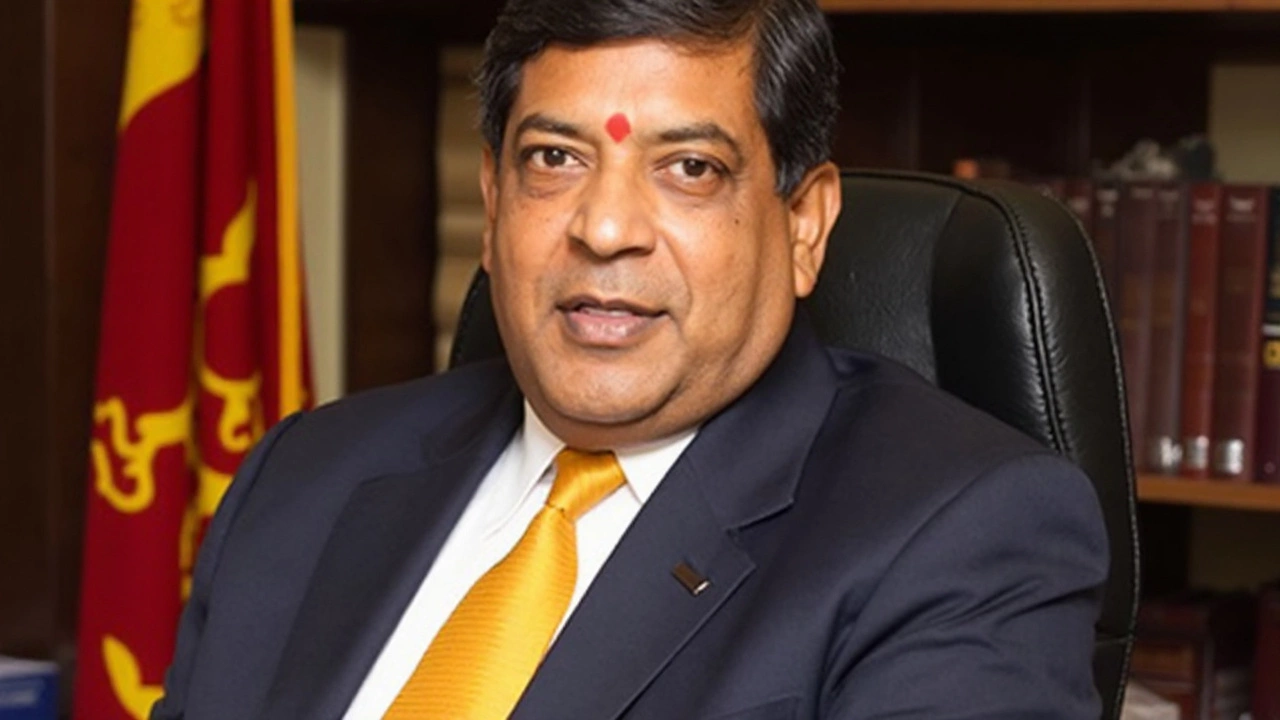Censorship – Power, Policy, and Public Voice
When discussing censorship, the practice of suppressing or limiting speech, media, or ideas by authorities, institutions, or platforms. Also known as information control, it often pits public interest against power structures.
One modern flashpoint is deepfakes, AI‑generated synthetic media that can mimic real people in photos, video, or audio. As these realistic forgeries spread, governments scramble to craft government regulation, laws and policies that define what content can be created, shared, or punished. The UK’s move to criminalise non‑consensual explicit deepfakes is a direct example of regulation trying to keep up with technology while preserving personal safety.
But censorship isn’t limited to digital tricks. When Ireland‑language rap trio Kneecap was barred from entering Canada, immigration officials used entry rules to silence political expression. This incident highlights how immigration policy, rules governing who can cross borders and under what conditions can become a tool for curbing artistic freedom. The clash between the group’s pro‑Palestinian stance and national security concerns sparked a broader debate about where the line should be drawn.
Artists themselves often rally around artistic freedom, the right to create and share work without undue government or corporate interference. When venues cancel shows or platforms delete content, the conversation shifts from legal statutes to cultural norms. Fans, creators, and policymakers all weigh the value of unrestricted expression against potential harms, whether those harms are political destabilisation or the spread of harmful misinformation.
Digital platforms amplify the stakes. Social media giants host billions of posts daily, making them de‑facto gatekeepers of public discourse. Their community guidelines act as informal censorship, deciding which memes stay live and which are taken down. This creates a dynamic where private rules intersect with public expectations, forcing societies to consider whether corporate policies should be subject to the same scrutiny as national laws.
The ripple effects touch everyday life. In sports, for instance, commentary about protests or political gestures can be muted, shaping fans’ perception of the game and its broader social context. When a news outlet blocks a story about a controversial player stance, it not only limits information but also influences fan culture and activism.
Looking ahead, emerging tech like generative AI and virtual reality will raise fresh censorship dilemmas. Policymakers will need to balance innovation with protection, while citizens will push back against overreach. Understanding how censorship operates across deepfakes, immigration, artistic expression, and platform policies gives you a clearer picture of the forces shaping what we see and hear.
Below you’ll find a curated set of stories that dive into these issues—from legal battles over synthetic media to real‑world cases of border bans and platform moderation. Each piece adds a piece to the puzzle, helping you see how censorship affects culture, technology, and everyday freedom.
